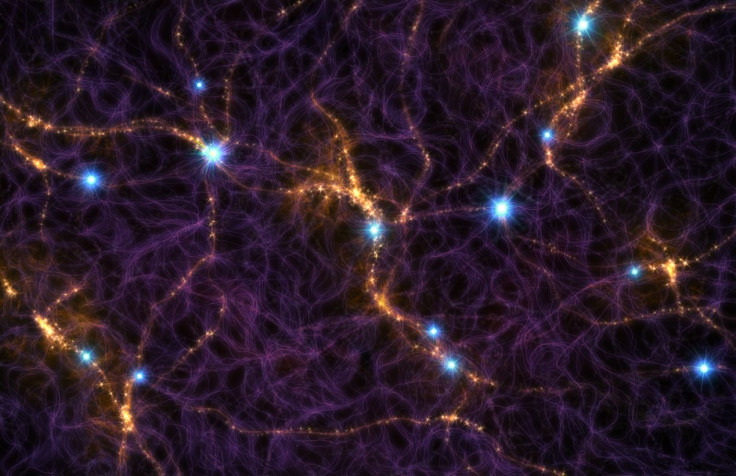Mysterious Radio Bursts, 500 Million Light Years Away, Flashing In A Pattern: Scientists

KEY POINTS
- Researchers found a pattern in the flashes of a fast radio burst 500 million lightyears away
- Only two FRBs have so far been detected to flash in a regular pattern
- FRBs remain to be one of the most mysterious events in astronomy today
A team of astronomers detected a pattern in the rhythm of a repeating fast radio burst (FRB) from the outskirts of a Milky Way-like galaxy 500 million light years away from ours. Although the exact source of FRBs remains a mystery, the recent study provided significant clues as to what really causes these mysterious signals.
FRBs comprise some of the most mysterious events in astronomy. They are bright, extragalactic radio flashes of energy that appear for just milliseconds in either one time or repeating events that flash multiple times, often without a regular pattern.
In a new study published in the journal Nature, researchers determined the FRB known as FRB 180916.J0158+65 is repeating its flashes in a specific pattern. Using data from the Canadian Hydrogen Intensity Mapping Experiment (CHIME) radio telescope in British Columbia, the researchers plotted 38 bursts from FRB 180916.J0158+65 from September 2018 to February 2020 and determined its bursts would occur over a span of four days, followed by a 12-day quiet period, after which the 16-day cycle would repeat consistently.
"This FRB we're reporting now is like clockwork," study co-author and assistant professor at MIT's Kavli Institute for Astrophysics and Space Research, Kiyoshi Masui, said in a news release from MIT. "It's the most definitive pattern we've seen from one of these sources. And it's a big clue that we can use to start hunting down the physics of what's causing these bright flashes, which nobody really understands."
So far, the exact mechanism that causes FRBs remains unknown. According to the researchers, one possibility is the signals are coming from a single object that is spinning and wobbling. If the radio waves are just coming from one location on the object while it is spinning, then the signals would be observable from Earth each time the part that emanates the radio waves points toward the planet.
Another possibility is that the pulses are coming from a binary system in which a neutron star is orbiting another massive star. In this scenario, the radio waves would be observable from Earth every time that the neutron star's companion is not obstructing it from the planet's view.
It is also possible that FRBs originate from magnetars, neutron stars believed to have powerful magnetic fields. If FRBs truly originate from when magnetars release tremendous amounts of radiation, it could explain both one time and repeating events. However, even magnetars remain to be mysteries in astronomy.
Since the discovery of FRBs in 2007, over a hundred of the events were observed but only a handful were repeating. Of that handful of repeating FRBs, only two were observed to have a discernable pattern: FRB 180916.J0158+65 and FRB 121102 with a much longer 157-day pattern.
Although FRBs remain to be a mystery, the new study provides clues that could one day lead to a better understanding of what really causes them.
© Copyright IBTimes 2025. All rights reserved.






















